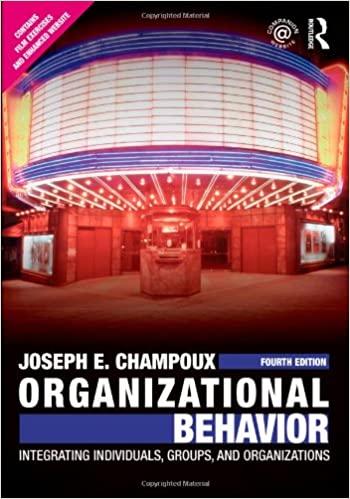Why are mechanistic organizations right for a static environment? Why do organic organizations fit well with a
Question:
Why are mechanistic organizations right for a static environment? Why do organic organizations fit well with a dynamic environment? Which organization form likely will be dominant in the future?
Mechanistic and Organic Organizations
Recall that organizations’ external environments can fall on a continuum ranging from certainty to uncertainty. Two different types of organizational design are right for the two different environments.
A mechanistic organization fits a highly certain external environment.
Mechanistic organizations have the following characteristics:
- Clearly specified tasks
- Precisely defined member rights and obligations
- Hierarchical control, authority, and communication structure
- Vertical interaction and communication
Mechanistic organizations have predictable, formal internal relationships and rely on written rules and procedures. This organizational design suits recurring events to which organizational members can give standardized responses. An organic organization fits an uncertain external environment. Organic organizations have the following characteristics:
- Loosely defined roles
- Continually redefining tasks through interaction with other organization members
- Relying on individuals’ commitment to organization goals to direct activities of organization members instead of relying on authority and control
- Decentralized control and decision making
- Fast decision-making processes
- Lateral and vertical communication
Organic organizations process information better than mechanistic organizations. Less-defined roles and continually redefining tasks give people flexibility to respond to changing events. Decentralized decision making helps people deal with the different situations presented by a changing external environment. A speedy decision process helps managers keep up with fast environmental shifts.
Step by Step Answer:

Organizational Behavior Integrating Individuals Groups And Organizations
ISBN: 9780415804646
4th Edition
Authors: Joseph E. Champoux





